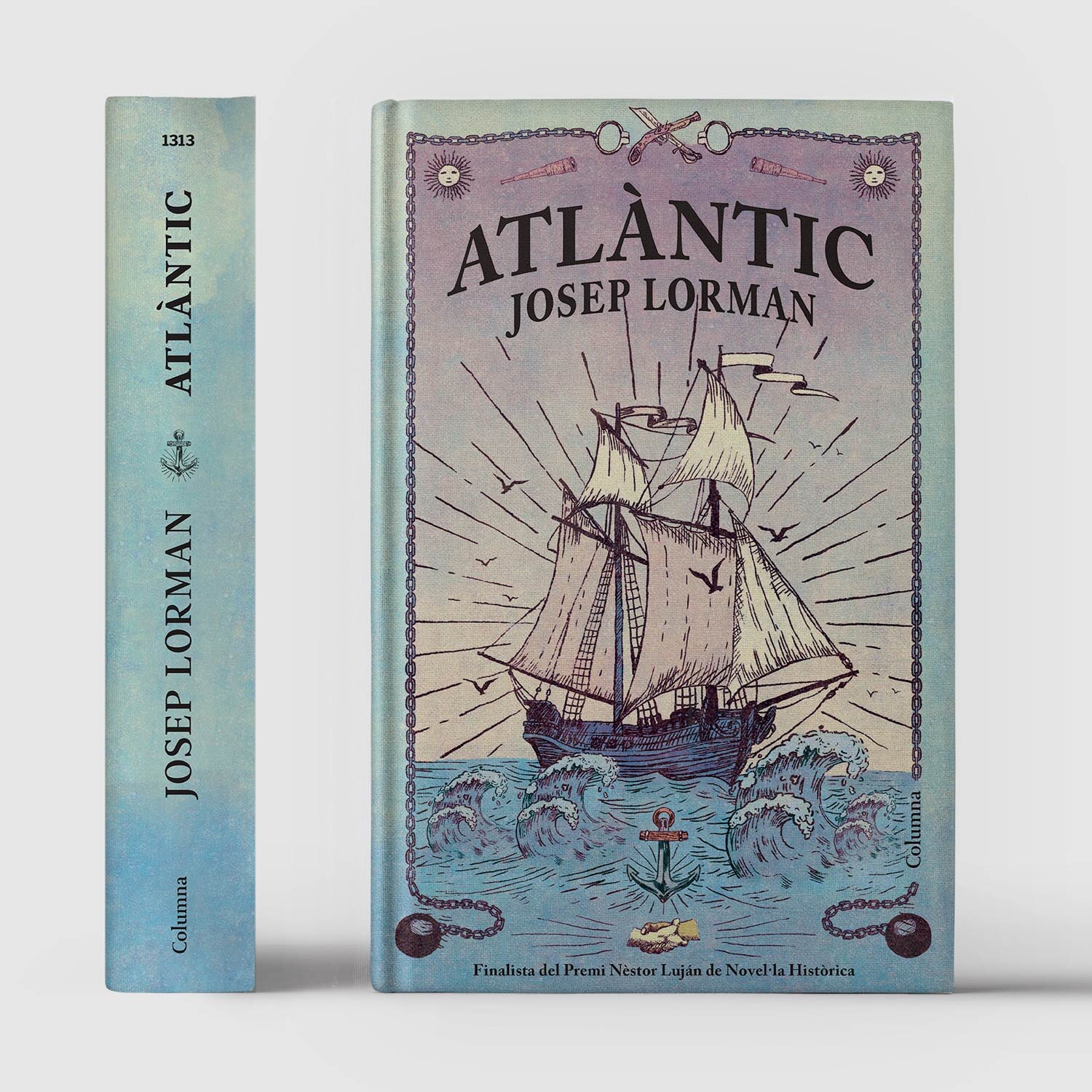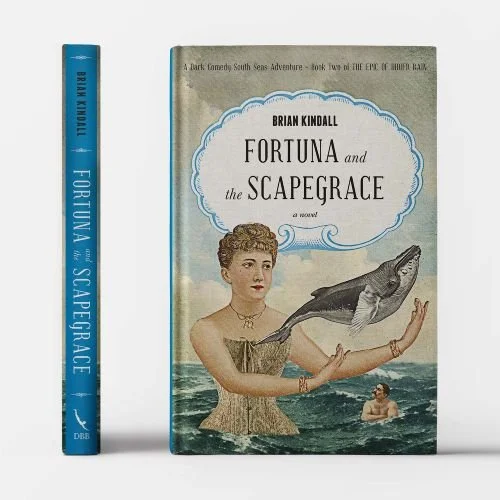HISTORY BOOK COVERS
Your history book relies on the quality of your cover design to get to the hands of your reader. It’s stacked up next to thousands of others, making that cover design crucial for book sales and a necessary part of your marketing strategy.
An effective book cover tells your story visually, sets the tone and theme, and encompasses the personality of your book—all while compelling your ideal reader to carry it to the checkout. By investing in a custom design for your history book cover, you can stand out among your competitors and drive those same results.
Book cover design that matches the genre
It’s important that the imagery on your book cover design accurately represents the history genre and immediately tells your reader what to expect.
History book covers often have a more subdued and nostalgic feel than other genres. It’s not uncommon to see old-fashioned aesthetics instead of bright colors and futuristic concepts.
While you don’t have to exclusively accommodate the norm, using styles specific to the history genre can help you stand out to your reader. By incorporating the standard elements of history book cover design, you’re making it easier for your reader to spot a book on the shelf that interests them.
By all means, get creative with your history book cover, but make sure it’s easily distinguishable from other genres, like self-help or sci-fi. If a history buff is scoping the shelves, you want your book cover to stand out and specifically catch their eye.
History book covers don’t have to look old and dusty
Your history book cover design, first and foremost, should stand out on the shelf and tell your story. This is why so many history book covers include paintings or portraits from the time era associated with the book. It gives the reader ample context into the story before turning a single page and calls out exclusively to the genre’s audience.
But, that doesn’t mean you can’t step outside of the box when it comes to your cover. You can use different design elements to make your history book cover unique and stand out
Take fonts, for example. You usually want to choose a font that encompasses the era of the book, but mixing fonts from different centuries can also make for a compelling and eye-catching design.
While old-fashioned aesthetics are highly popular on history books, there’s still plenty of room to experiment and have fun with your history book cover design.
Above: Historical fiction book cover designs with a clean and edgy style to approach the right target market.
Think about your book’s subgenre, too.
Each history subgenre, from historical romance to mystery, provides an opportunity to get more granular and familiar with your audience.
You should leverage the subtle nuances of your subgenre in your book cover design to target your specific reader. Knowing your audience and their preferred design elements is key to effective marketing and driving sales.
Let’s briefly look at the different styles between the following two history subgenres and how they translate into book cover design:
Historical fiction book covers
Unlike non-fiction, historical fiction allows for plenty of freedom and creativity in the storyline. This playfulness extends to your book cover design considering the imagery on your book cover should always be an extension and representation of the story between the pages.
There are a few different methods you can use to experiment. You can use traditional illustration for historical covers, but they can be costly and time-consuming. Photorealistic 3D rendering may be a better option because it allows for faster recreation of characters, places and elements from any given historical period.
Since this subgenre overlaps with fiction, it welcomes similar design elements to fantasy book covers like abstract imagery and symbolism.
Above — Historical fiction book cover designs with in-house photorealistic 3D rendering to recreate specific historical period.
Historical romance book covers
Historical romance novel covers combine a blend of design styles. Similar to romance novel covers, historical romance books tend to use strategic color schemes and whimsical fonts to evoke emotions.
They also tend to share the same audience as romance readers, which are predominantly women in their mid-to-late thirties. Your book cover needs to target your audience, so this is something to consider when creating your design.
However, you don’t have to recreate what’s already been done or use stereotypical romance novel design elements. You can incorporate a more modern take on the historical romance genre, especially if you’re writing in a subgenre with a younger audience of different demographic backgrounds.
Our simple 3 stage design process
Getting the right custom design for your history book cover is simple with the help of our three step design process. You don’t need any prior experience or knowledge; our professional and experienced book cover artists are here to help you every step of the way.
Step 1: Pre-design process
Select a service or a package, then fill in our design brief to help our team understand your book and design preferences.
Step 2: Design process
About 10 working days after we’ve received your design brief, we’ll present three different concepts with images and art direction, then request feedback.
Note: expect a 5-10 day turn-around time between revision requests. Two to three revisions is standard, however, we will keep revising until you’re happy with the design.
Step 3: Production process
We’ll present the final design and you’ll sign-off on your book cover. Next stop: publishing!
After delivering the files, our team will be available to assist you and answer any questions you may have during the production process.






















